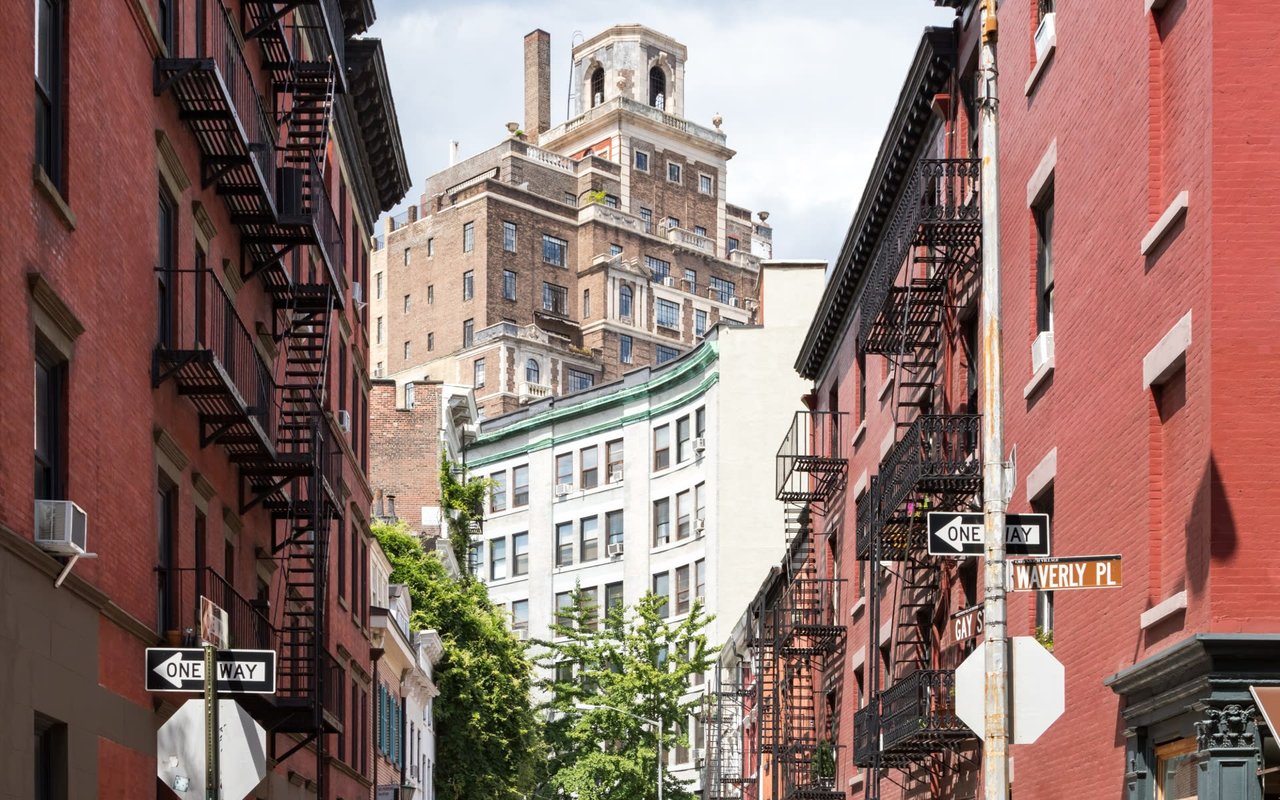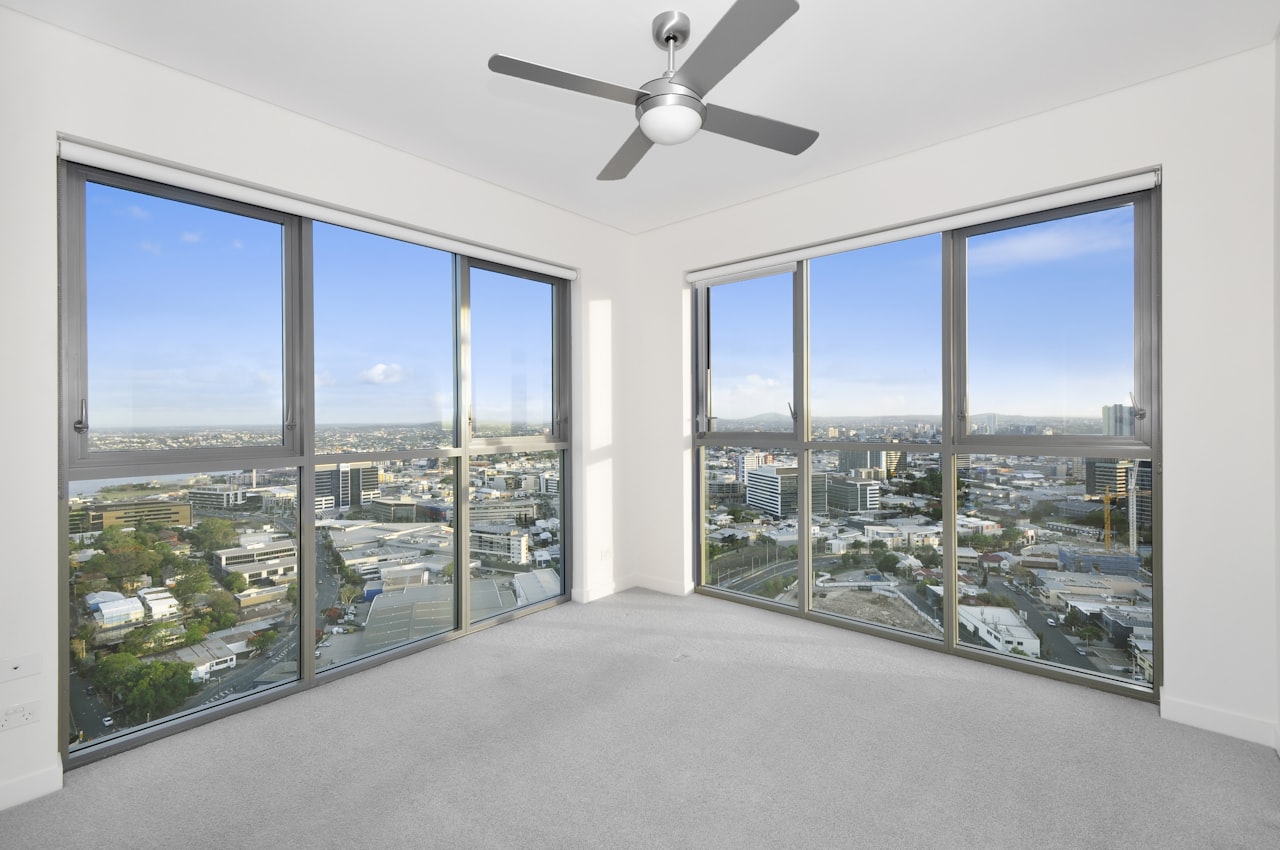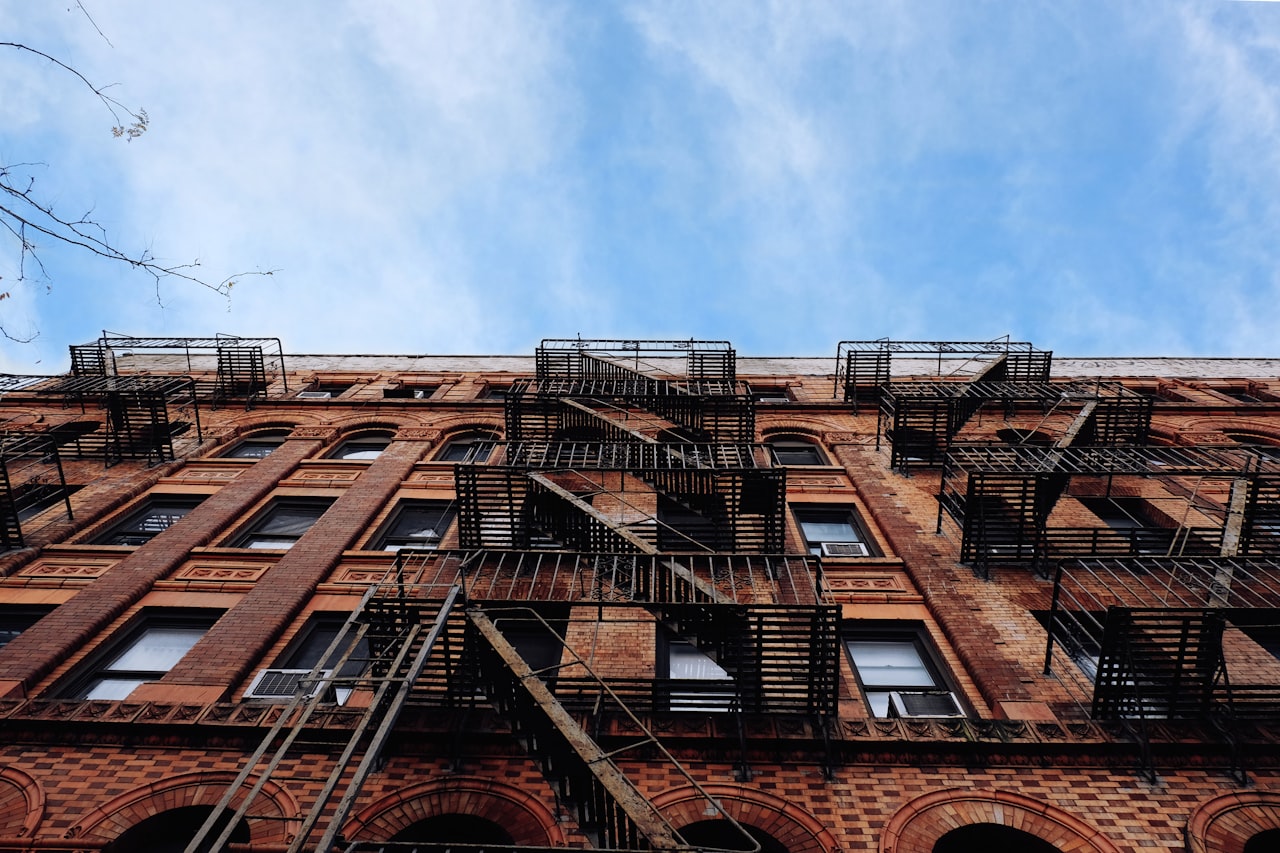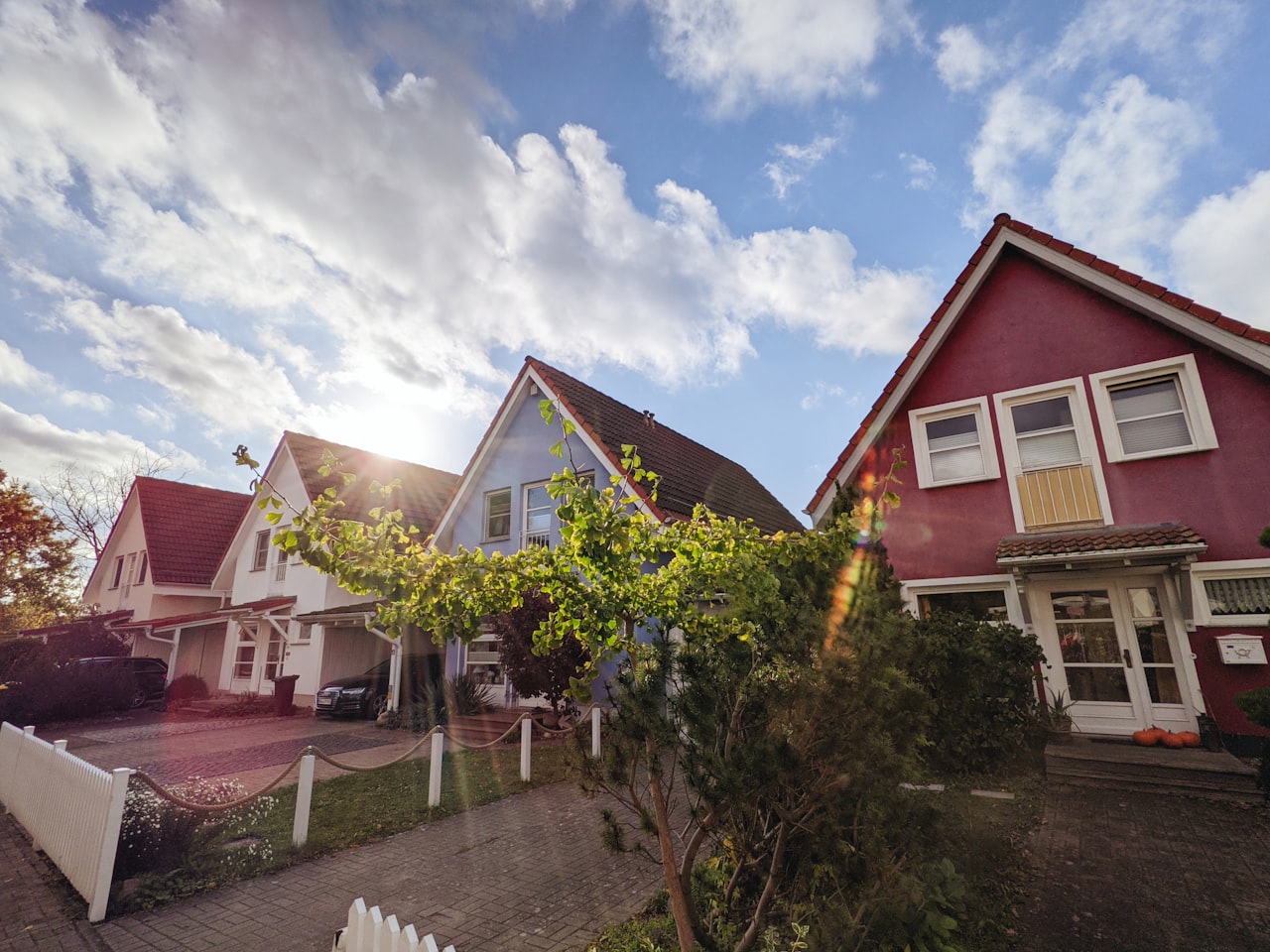We hope you had a wonderful Thanksgiving! Typically the winter market in Manhattan is a relatively quiet time for residential real estate transactions, however we have seen many properties that have sat for months start to move. For those sellers that haven’t found a buyer yet, we expect to see many idle properties removed from the market during the holiday season, with intention to relaunch in early 2020 or the spring. Seasonally the spring markets are always prime and usually the strongest of the year.
We hope you have a very happy holiday season!
Making Homes Appeal To The Next Generation: By 2037, 25% of the U.S. for-sale housing stock, or roughly 21 million homes will be vacated by seniors. That is more than twice the number of new properties built during a 10-year period that spanned the last housing bubble. Most of these homes will be concentrated in traditional retirement communities in Arizona and Florida, according to Zillow, or parts of the Rust Belt that have been losing population for decades. Could this be the cure to the housing shortage and affordability? Maybe, but there is a big challenge. Many of these homes are in areas dedicated to seniors and many have fallen out of style... There are too many homes to be absorbed by Gen Xers (around 50 million versus Boomers 76 million). Boomer homes that will be sold will have to appeal to Gen-X as well as younger, Millennial buyers to be absorbed.
The Death of the 421A: The benefits are ending for thousands of luxury condo owners in New York who have received deep tax breaks for over a decade through an expired program known as 421-a. A 10-year sales analysis of 7,238 condo units with waning 421-a tax breaks showed that their sale prices grew by 12% in that time, compared to a substantially stronger 29% in the overall condo market, according to StreetEasy. In 2009, the annual tax bill for a one-bedroom apartment in one of these abated buildings was $792, by 2019, the median annual tax bill for such a unit rose to $13,080. While prices for these abated units ultimately went up over the past decade, the last five years tell a different story, with sales price actually falling an average of 3.6%, as many 421-a abatements have phased out.
For savvy buyers, this could mean discounts on high-end condos that were built from the early- to mid-2000s, with leverage to negotiate and a much clearer picture of their future tax bills.
Like Restaurants, Buildings Will Get Grades: We are used to seeing letter grades on restaurants. Beginning next year, midsize and large buildings will not only have to report how energy-efficient they are, they will also be required to post letter grades issued by the city, based on the data the buildings submit. Would you eat at a restaurant with a C? How about living in a building with one?
SALT Challenge: New York, Connecticut, Maryland, and New Jersey will attempt to revive their lawsuit in the Manhattan Federal Appeals Court challenging the new cap on the deduction for state and local taxes (SALT) after a judge dismissed the case. The 2017 tax law passed by Republican lawmakers capped the amount of state and local taxes that can be deducted on individual returns at $10,000. Previously, there was no limit. The argument is that the change targeted Democratic-led states that tend to have higher taxes. The cap is expected to cost New York’s taxpayers over $100 billion in the years ahead.
Rental Supply: Across the country the supply of rental homes is shrinking, and that continues to push rent prices higher, particularly on the lower end of the market. Less expensive rentals, going for less than 75% of the median regional rent, jumped nearly 4% annually in September. High-end rentals, or those with prices greater than 125% of the region’s median rent, increased just 2.9% annually. Phoenix rents spiked to 6.7% annually. Phoenix has seen very strong job growth and is attracting new employees to the area. Las Vegas wasn’t far behind at 5.8% annual rent growth, and Seattle rounded out the top three at 5.5% growth.























































































